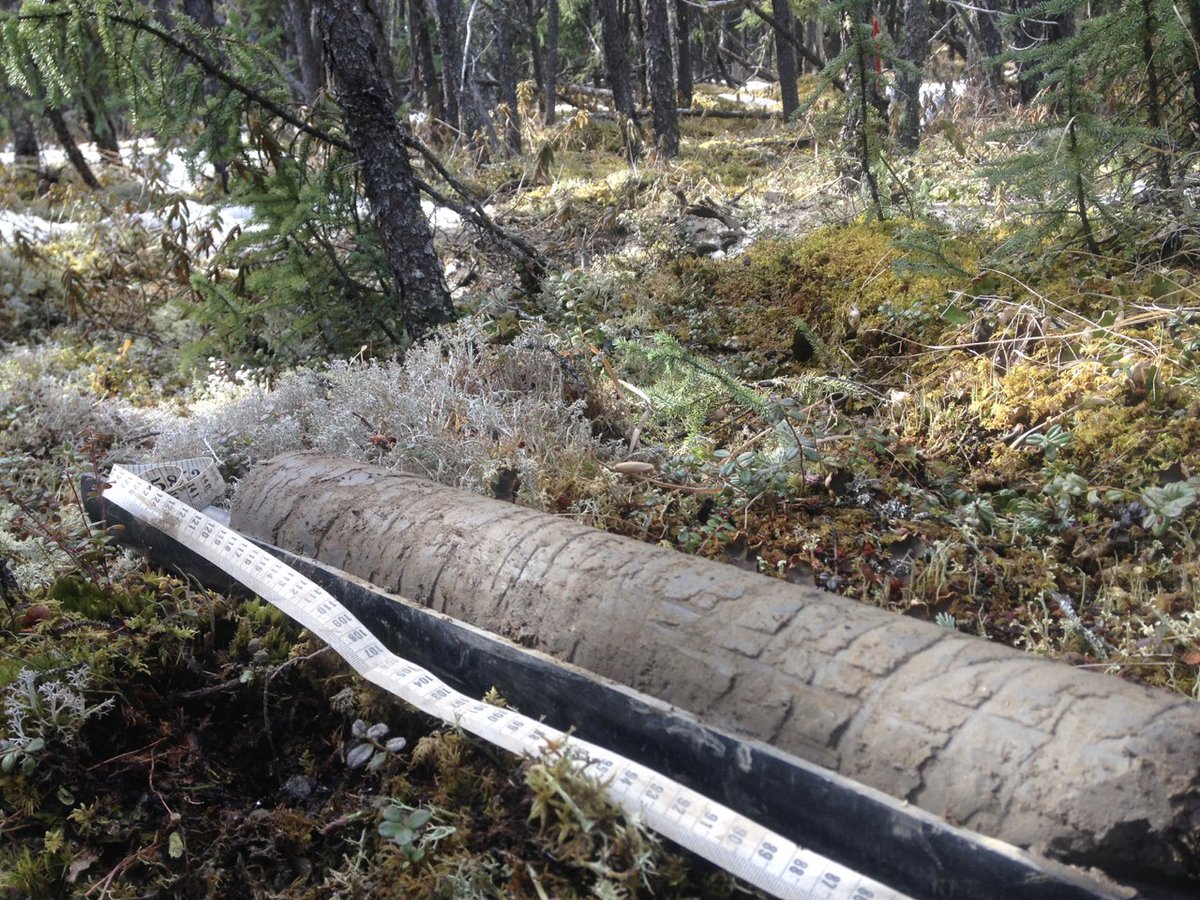
~30,000 people fled the #MarshallFire, one of the most terrifying experiences we can face. Today I am reflecting on the added anxiety and consequences of fleeing a #climatemergency disaster during the COVID pandemic. Here I'll share a personal story w/ a tiny bit of insight. 1/
Just outside Boulder, circa January 2021
Normally I love the sound of wind in the trees. But the winds were howling that day. It was difficult to ignore. The house was groaning, shifting. We were in full lockdown due to COVID-19. I was trying to stay busy. 2/
Normally I love the sound of wind in the trees. But the winds were howling that day. It was difficult to ignore. The house was groaning, shifting. We were in full lockdown due to COVID-19. I was trying to stay busy. 2/
My children were playing outside. Mommy I smell smoke...
At first I didn't smell anything. It was a red flag day. Everyone needed to be careful. But then I smelled it and we saw flames down the road. That is our only way out. What happened next was a blur. 3/
At first I didn't smell anything. It was a red flag day. Everyone needed to be careful. But then I smelled it and we saw flames down the road. That is our only way out. What happened next was a blur. 3/
We had no time. Get the kids, get the dog. In the car now! Do we have time to grab important papers, passports? No. There is no time.
Oh my god, the kids next door are home alone for the afternoon. I ran to them, yelling. We need to go. Get in our car. There is no time. 4/
Oh my god, the kids next door are home alone for the afternoon. I ran to them, yelling. We need to go. Get in our car. There is no time. 4/
This was pre-vaccines and we all felt vulnerable to COVID. We all WERE vulnerable. Yet here we were- 2 adults, 5 kids, 1 dog in a car fleeing a fire. All unmasked, some crying.
A voice from the back, what about our dog? Shit, stop the car. 5/
A voice from the back, what about our dog? Shit, stop the car. 5/
We found the neighbors' dog, & we made it out. This story could have ended differently, but it didn't. Yet every COVID rule we had as a family became hazy, lost in the immediacy of that day. A small taste of what 30,000 people experienced yesterday. Enough to break my heart. 6/
Fires displace more people from their homes in North America than any natural disaster. To experience this during the holidays is unthinkable. To experience this during a pandemic is unthinkable.
Please consider donating to those impacted by the #MarshallFire. Thank you. 7/7
Please consider donating to those impacted by the #MarshallFire. Thank you. 7/7
• • •
Missing some Tweet in this thread? You can try to
force a refresh





















